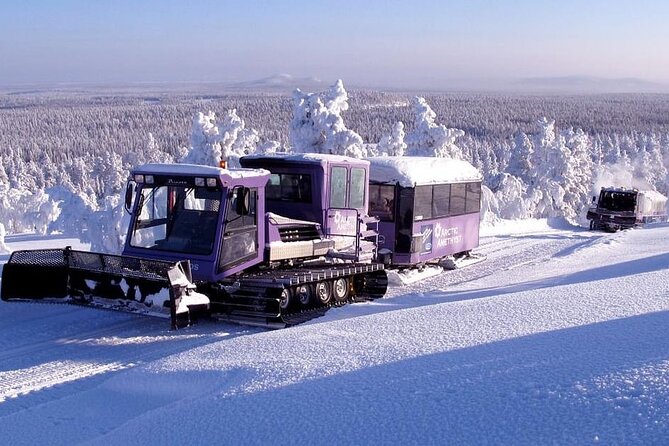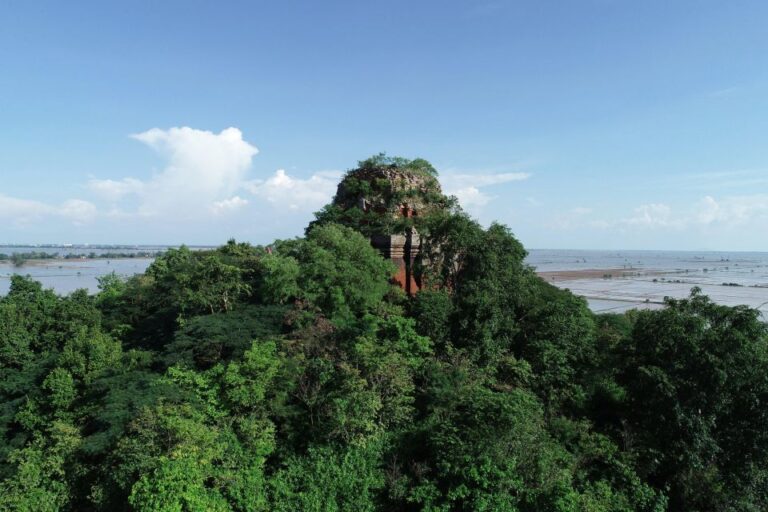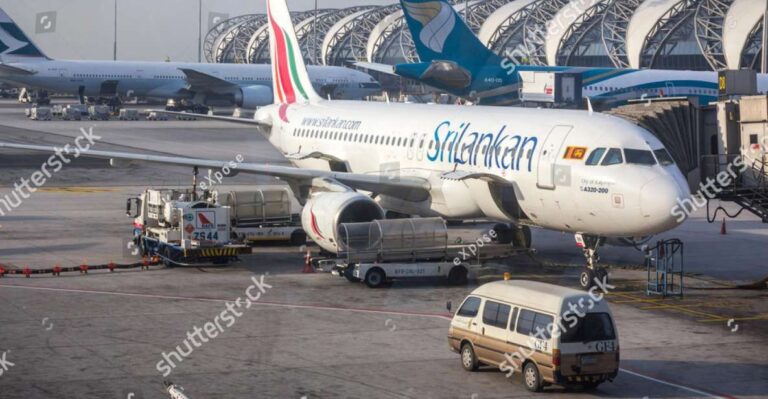Vostok Spacecraft – Russia's contender in the space race
The Vostok space craft was the result of various unmanned Sputnik space flights. Unlike the American Mercury space craft, the Vostok lacked the ability to manoeuvre in orbit. It was built by the Soviet Union and the first launched was all the way back in April 12th 1961.
Whilst the first Vostok only made one orbit of the planet Earth, Vostok 2 managed to make 17 orbits of our planet. This was almost 30 years before the Hubble Space telescope was completed, and before amateur telescopes had become popular in the mainstream too.
With the Vostok (East) program the Soviets achieved many world firsts, fuelled by their successes they outdo themselves with every successive flight, pulling well ahead in the cold war space race. The Soviet Premier Khruschev saw their space achievements as a measure of Soviet technological superiority over the Americans.
The Vostok missions made records for both the first human sent into space with Vostok 1, but also the first woman sent into space in their last mission, Vostok 6. Including the two prototypes that were sent unmanned into space (named 1K and 2K), there were 8 spacecrafts sent altogether, with 6 of them being manned. Even smaller than the Gemini spacecraft, each mission only carried one person into space.
As Russia’s competitor in the well known “space race” between them and the US, they managed to set many records. We know that the Vostok descent module was fast and not suitable for human landing. For this reason, it was built with an ejection seat for the cosmonaut to use.
Yuri Gagarin made history as the first man in space. Aboard Vostok 1 he orbited the Earth on 12-April-1961. The anniversary of his flight has since been celebrated as “Cosmonautics day” in honour of this event. The flight was completely automated although a secret code to unlock manual control (325) was provided to him unofficially.
This code was so secret it was not intended to be given to Gagarin unless absolutely necessary. Gagarin became an instant celebrity and an unexpected propaganda coup for the Soviets. With this public attention, the opportunity to show Soviet technical superiority over their cold war foes the Americans became known as the ‘Space race’. Gagarin later died in 27-March-1968, when his jet trainer crashed.
The second Vostok flight (Vostok 2) occurred on the 6th August 1961 and was crewed by Gherman Titov. Titov was the fourth man in space as the Americans Alan Shepard and Virgil Grissom had their Mercury 3 and 4 sub-orbital flights after Gagarin, but Titov was the second person to orbit the Earth, remaining in orbit for over a day (25 hours) and orbiting the Earth 17.5 times.
Other first included the first man to sleep in space and the first person to suffer from space sickness. For medical reasons Titov never flew in space again.
The next two Vostok flights occurred at the same time setting the record for the first group flight. Cosmonauts Andriyan Nikolayev (Vostok 3) and Pavel Popovich (Vostok 4) were launched a day apart orbiting the Earth together.
They came as close as 5 kilometres apart and made visual and radio contact. The was the first direct ship to ship radio contact in space. The mission was called short as the ground crew mistook a part of the conversation as a code phrase requesting they be brought back early due to problem.
Vostok 5 and 6 was also a multi-ship mission with an increased duration than Vostok 3 and 4. Crewed by Valery Bykovsky in Vostok 5 and Valentina Tereshkova in Vostok 6 they both set very different world records. Tereshkova became the first woman in space while Bykovsky’s five day flight even today remains as the record for the longest solo manned flight in earth orbit.





